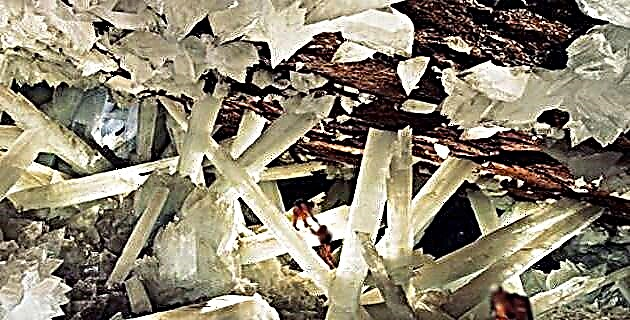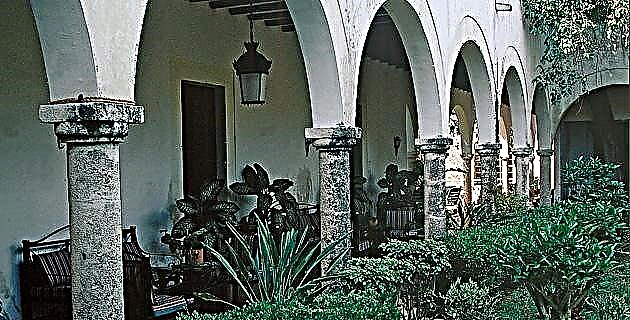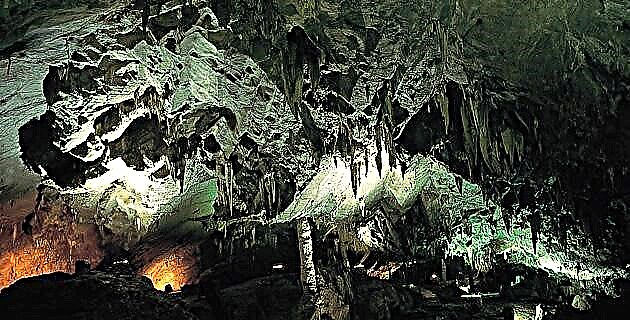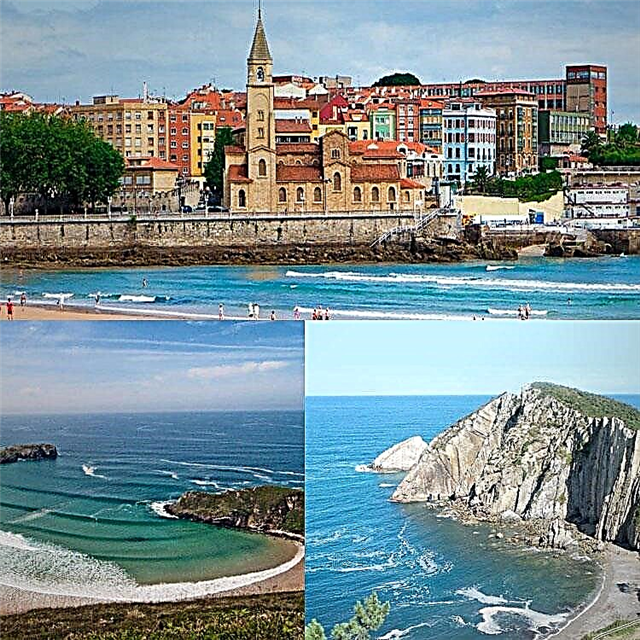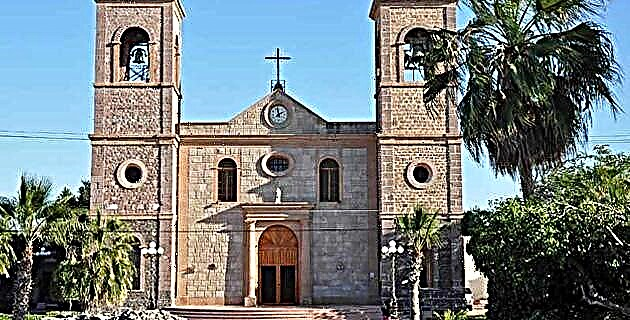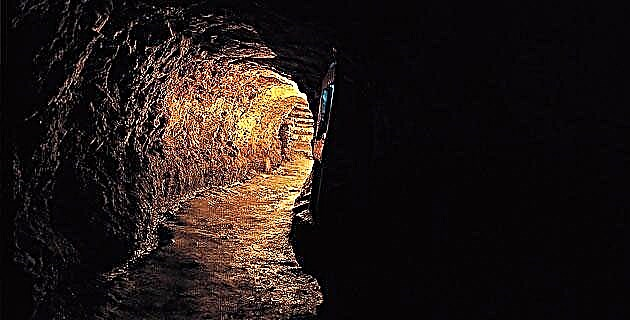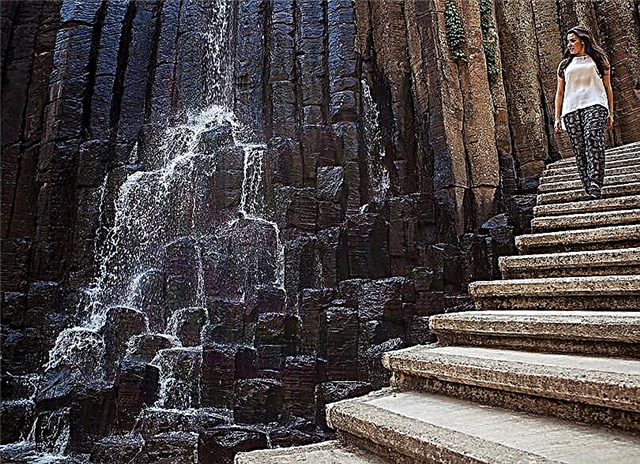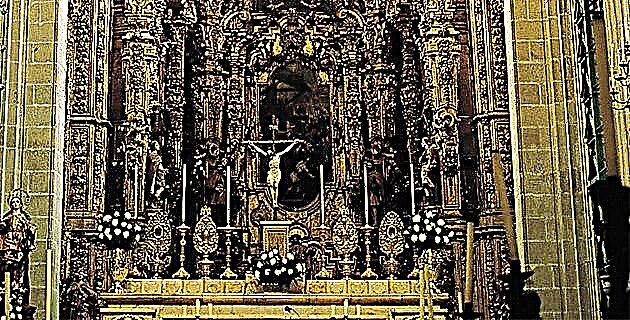
At 8:00 p.m. on January 17, 1967, a tremendous fire caused by a short circuit in the sacristy of the Altar del Perdón destroyed some of our most beloved works of colonial art inside the Metropolitan Cathedral:
The beautiful altar with its beautiful and important painting of Nuestra Señora del Perdón or de las Nieves, a large part of the choir stalls, the large and beautiful painting that represented the Apocalypse of Saint John, the work of Juan Correa, located on the back of the altar, and a good portion of the wooden bodies that hold the flutes of the monumental organs, leaving the altarpieces, sculptures and paintings of the numerous chapels of the Cathedral smoked, in addition to the murals of Rafael Ximeno and Planes that were in the vaults and the dome.
The beautiful Altar of Forgiveness, or Indulgence, as Fray Diego de Durán called it in 1570, is a magnificent example of the Baroque style, made by the Sevillian Jerónimo de Balbás, also builder of the incredible Altar of the Kings and the disappeared first cypress . It is called "Forgiveness" because it is located precisely behind the main door of the Cathedral, which also receives this name because through it the penitents entered by the Holy Office to reconcile with the Church.
There was a primitive altarpiece on the same site, premiered on August 5, 1550, dedicated to the cult of Saint Bartholomew. At the end of 1655, in the time of Viceroy Francisco Fernández de Ia Cueva, Duke of Albuquerque, the altarpiece was disassembled to build the new dome of the Cathedral, and the work was completed in October 1666. At that time there was a brotherhood that called itself Brotherhood of Our Lady of Forgiveness, in charge of the maintenance of the altar. Every year, this brotherhood, on August 5, the day of Our Lady of the Snows, held a solemn religious celebration during which the new president and board of directors were appointed.
In 1668, when the altarpiece was installed again, the painting of Our Lady of the Snows was placed on the altar, called by the people the Virgen deI Perdón, probably because it is on the altarpiece of the same name. It was painted at the expense of the faithful in the same year by the fIamenco Simón Pereyns, perhaps at the special request of the brotherhood or as a penance imposed by the Holy Office, because, it is said, of an unjust accusation made by his partner the painter. Francisco Morales.
Until the middle of this century, due to the multiple legends woven around the painting -as the one beautifully described by Luis González Obregón, included in his magnificent book México Viejo-, there were serious doubts about the authorship of such a beautiful work, which is attributed both Pereyns (who is said to have painted it on the door of his cell, while he was a prisoner in the jail of the Holy Inquisition), and Baltasar de Echave "El Viejo." Likewise, the historians Antonio Cortés and Francisco Fernández del Castillo believe that it was made by Francisco Zúñiga, although Manuel Toussaint, Francisco de la Maza and Abelardo Carrillo y Gariel do not share this assertion.
González Obregón affirms that there are “so many amazing traditions, so many popular tales, that it is necessary to purify the truth in the fire, so that it shines like pure gold in the crucible”. In July 1965, Justino Fernández and Xavier Moisén, renowned art critics, to clear up their doubts, examined the painting, discovering on the bottom of the step a signature that says: "Ximon Perines / Pinxievit". Likewise, it came to light that it was not painted on a door but on a duly prepared canvas, finally certifying the paternity of this work: the flamenco Simón Pereyns, definitively ending such a beautiful legend.
When Jerónimo de Balbás began the construction of the impressive Altar of the Kings and the first and most beautiful of the cypress trees in 1718, it was thought that the old Altar of Forgiveness would detract from the whole, so Balbás himself was commissioned to design the second Altar deI Perdón, whose construction was carried out between 1725 and 1732, being dedicated on June 19, 1737.
The first body of this interesting altarpiece is formed by four stipe columns, and its base is made of stone. The second body, in the shape of an arch, has at its ends two angels that hold palm leaves. The entire front is decorated with images of saints belonging to the secular clergy, not to the regular of the religious orders. In the upper part were the royal arms of Spain, which stood out by more than 8 varas in the air, but after the consummation of Independence, in 1822, they were destroyed because they were considered infamous signs.
With the arrival of the Frenchified neoclassical style from Europe at the end of the 17th century, driven by his excessive religious zeal, the ecclesiastical Don Francisco Ontiveros ordered a great blast or golden glow to be placed on the altarpiece with the monogram of the Virgin Mary in the center, and a smaller one on the painting of Our Lady of Forgiveness, which had at its vertex a representation of the Holy Trinity; As this small blast totally broke the harmony of the altar, it was soon after replaced by a gold crown that was placed on the head of a cherub.
Before the fire, in the central part of the arch in the second body, there were two life-size sculptures made of carved and stewed wood that represented Saint Stephen and Saint Lawrence; in the middle of them was the magnificent painting of San Sebastián Mártir, possibly made by Baltasar de Echave Orio, although it is also said that it could have been painted by his teacher and father-in-law Francisco de Zumaya; It was covered with an old and wavy glass that due to its reflections did not allow to appreciate the image properly. In substitution of these marvelous works, three beautiful smaller sculptures were placed with very good finishing in their carving and stew, which were stored for a long time in the cellars of the Cathedral. The sculptures at the ends represent two Carmelite saints who have not been able to be identified, and the effigy of Saint John the Evangelist was placed in the middle.
In the place of honor, originally occupied by the painting of Our Lady of Forgiveness or of the Snows with the Child Jesus, accompanied by Saint Joaquin, Saint Anne and four little angels, another painting from the same period was placed, the one which, despite if it is smaller, it does not detract in beauty and quality. This work of an unknown author was brought some years before the fire and from Zinacantepec, State of Mexico, by Canon Octaviano VaIDés, then president of the Archdiocesan Commission of Sacred Art. It is about a representation of the Sagrada FamiIia during a rest, when it made its flight to Egypt, that could have been carried out by Francisco de Zumaya or Baltazar de Echave Orio.
The frame of this work, which framed the previous painting, is made of wood covered with a thick plate of beautifully embossed sheet metal, currently blackened for lack of polish. As the new painting is smaller, the missing space was completed with crimson velvet fabric, later being replaced by an interior gold frame. The placement of this painting was proposed by the architect, sculptor and restorer Miguel Ángel Soto.
Below the Sagrada Familia a small oil painting on copper plate representing the Divine Face was placed, painted by the Dominican Fray Alonso López de Herrera, which replaced another similar painting, a little larger, by an anonymous author.
The lower part of the altar, together with the two thick columns that flank it, has paths and small doors that give access to its sacristy, the place where the unfortunate fire originated. The original doors featured beautiful relief vases, but when the altarpiece was restored, perhaps due to lack of budget, they were removed to follow the design of the lower part of the altar. After the terrifying fire, the destructive idea was had of completely clearing the central nave, eliminating the Altar of Forgiveness, to be reinstalled in the chapter house; The choir stalls and the monumental organs would be placed on the sides of the altar that replaced the cypress by the architect De la Hidalga, in order to be able to appreciate the monumental Altar of the Kings from the entrance. Fortunately, this proposal was not carried out, thanks to an opinion of the Department of Colonial Monuments of the National Institute of Anthropology and History, signed by the architect Sergio Zaldívar Guerra. By June 1967, five months after the fire, the restoration work had begun, by the architect and sculptor Miguel Ángel Soto Rodríguez and ten of his fourteen children: Miguel Ángel, Edmundo, Helios, Leonardo, Alejandro and Cuauhtémoc, who carried out the wood carving with their father, and María de los Ángeles, Rosalía, María Eugenia and Elvia, dedicated to the stewing, gilding and final finishing of the wonderful Altar of Forgiveness. Seven years later, in December 1974, the work was finished.
At the beginning of 1994, the priest Luis Ávila Blancas, current canon and major sacristan of the Cathedral, as well as director of the interesting art gallery of the temple of La Profesa, realized that the sculptures of the Carmelite saints placed inside the arch In the center, they were not part of the altarpiece as it belonged to the regular clergy, so they decided to place in its place, on the right side, a magnificent life-size sculpture –probably a representation of the canon and secular ecclesiastic Saint John Nepomuceno- which was part of altarpiece of the chapel of Our Lady of Sorrows. To the left he placed the sculpture of Saint John the Evangelist as a young man, and in the middle, a magnificent oil painting on canvas mounted on wood, a little smaller than the previous one, with the representation of Saint Mary Magdalene, contemporary of Saint John the Evangelist, attributed to Juan Correa. After being rehabilitated by the magnificent team of restorers of the Cathedral, it was installed in the place occupied by the missing painting of San Sebastián. Santa María Magdalena is part of several works of art that the Ministry of Social Development returned to the Metropolitan Cathedral in 1991.
Currently, due to the difficult and expensive restoration work on the Cathedral directed by the architect Sergio Zaldívar Guerra, and to reinforce the building, the columns were surrounded with a dense jungle of green scaffolding to firmly support the arches, and a sky of wide mesh of gray wire to retain the debris that could be detached, which ugly the surroundings of the beautiful Altar of Forgiveness.
The chapel of San Isidro or Cristo deI Veneno, located to the right of the Altar deI Perdón (which connects the Cathedral with the Tabernacle), is also in the process of restoration, so this Christ, a highly venerated image that was in A niche in the north wall of said chapel was temporarily installed in front of the Altar of Forgiveness, covering the painting of the Holy Family. Likewise, a small and beautiful painting representing the Holy Trinity was placed on the left of the altar, by Miguel Cabrera that was also in the San Isidro chapel.
Source: Mexico in Time No. 11 February-March 1996

